وصف البرنامج التدريبي
This training program aims to provide trainees with the professional knowledge and abilities needed to identify, evaluate, and stop fraud in an organization. The basics of fraud schemes are covered in the training, along with typical tricks that fraudsters employ, warning signs to look out for, and the effects of fraud on companies. Attendees will acquire useful tactics for evaluating the likelihood of fraud, putting preventative measures in place, and encouraging a culture of honesty and alertness. This training aims to equip participants with the knowledge and skills necessary to take proactive measures against fraud and safeguard the assets of their business through real-world examples and activities
أهداف الدورة
-
To define the components of the Fraud Triangle and explain how they contribute to the likelihood of fraudulent behavior
-
To identify and differentiate various types of fraud, including asset misappropriation, bribery and corruption, and theft, along with understanding their implications in different contexts
-
To analyze common financial statement fraud schemes and their impact on organizational integrity.
-
To identify specific fraud schemes in various sectors, such as health, insurance, and consumer fraud, and evaluate their effects on stakeholders
-
To develop effective fraud prevention strategies and programs by assessing risks and implementing controls tailored to organizational needs.
-
To examine the roles and responsibilities of various stakeholders, including the Board, Management, and Employees, in detecting and preventing fraud within the organization
مميزات البرنامج
Learners will be able to identify common types of fraud (e.g., financial, cyber, procurement, internal) and recognize early warning signs and red flags in business operations.
Participants will understand the systemic, behavioral, and organizational factors that create opportunities for fraud, using tools like the Fraud Triangle and risk assessments.
Learners will be equipped to use data analytics, whistleblower mechanisms, audits, and internal controls to detect fraudulent activities effectively.
Participants will be able to design and implement policies, internal controls, and employee education programs to minimize the risk of fraud within their organization.
Learners will critically examine real-world case studies to understand how fraud occurs, how it was uncovered, and how it could have been prevented.
Participants will be trained to follow legal, ethical, and procedural guidelines for reporting, investigating, and remediating fraud within an organization.
